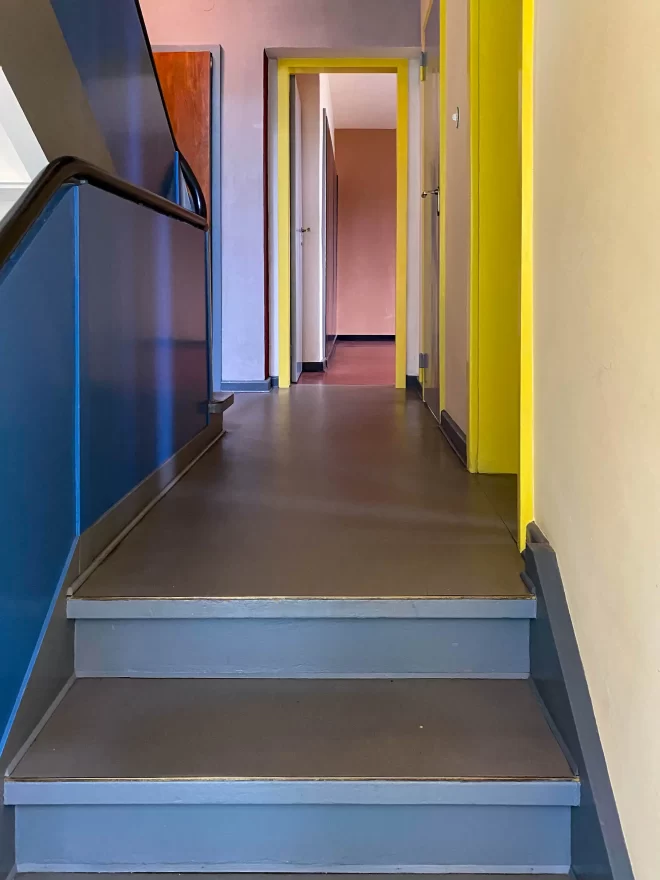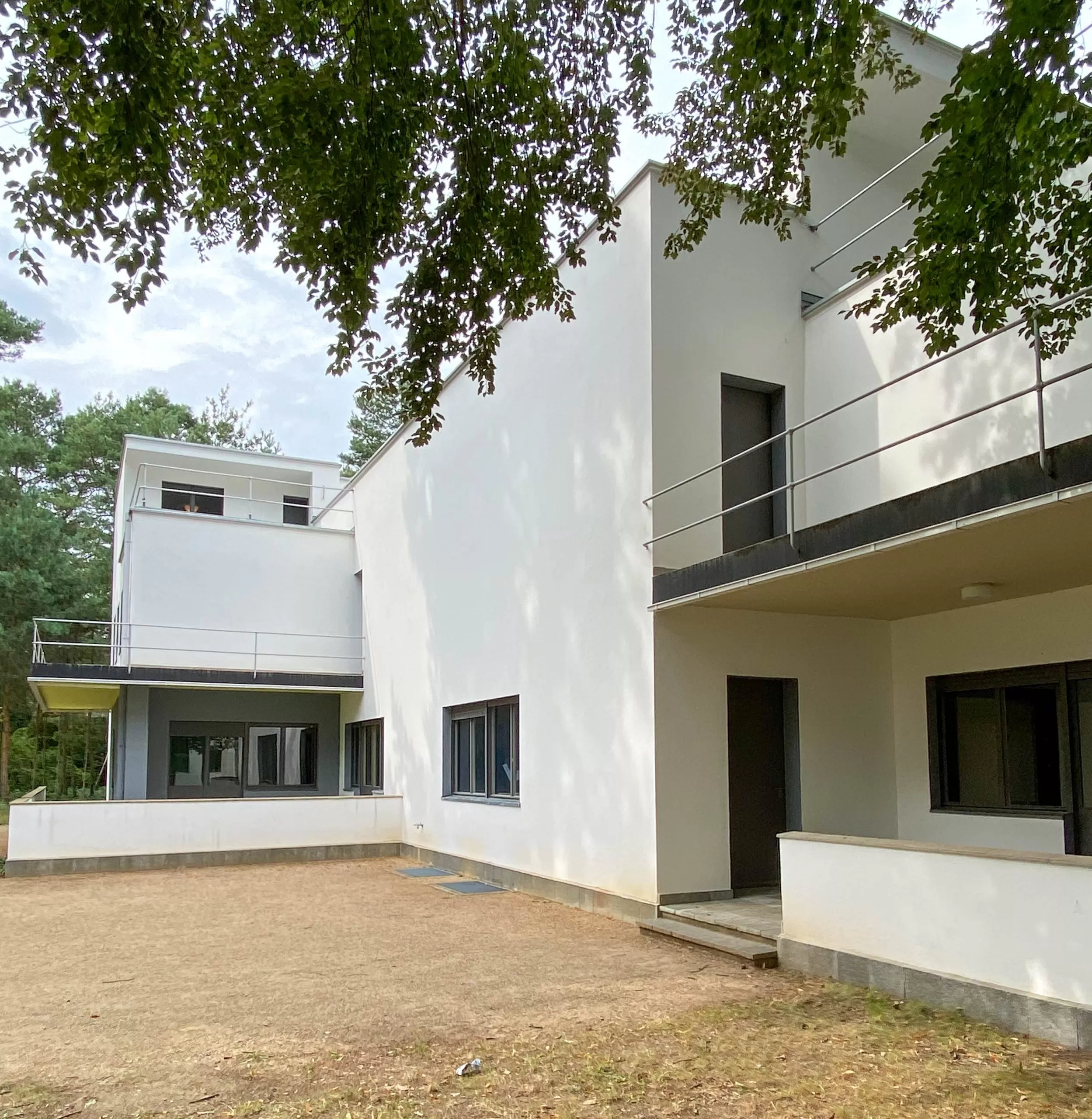
Klee Master House, 1925-1926. Architects: Walter Gropius, Ernst Neufert, Carl Fieger. Photo: Daniela Christmann
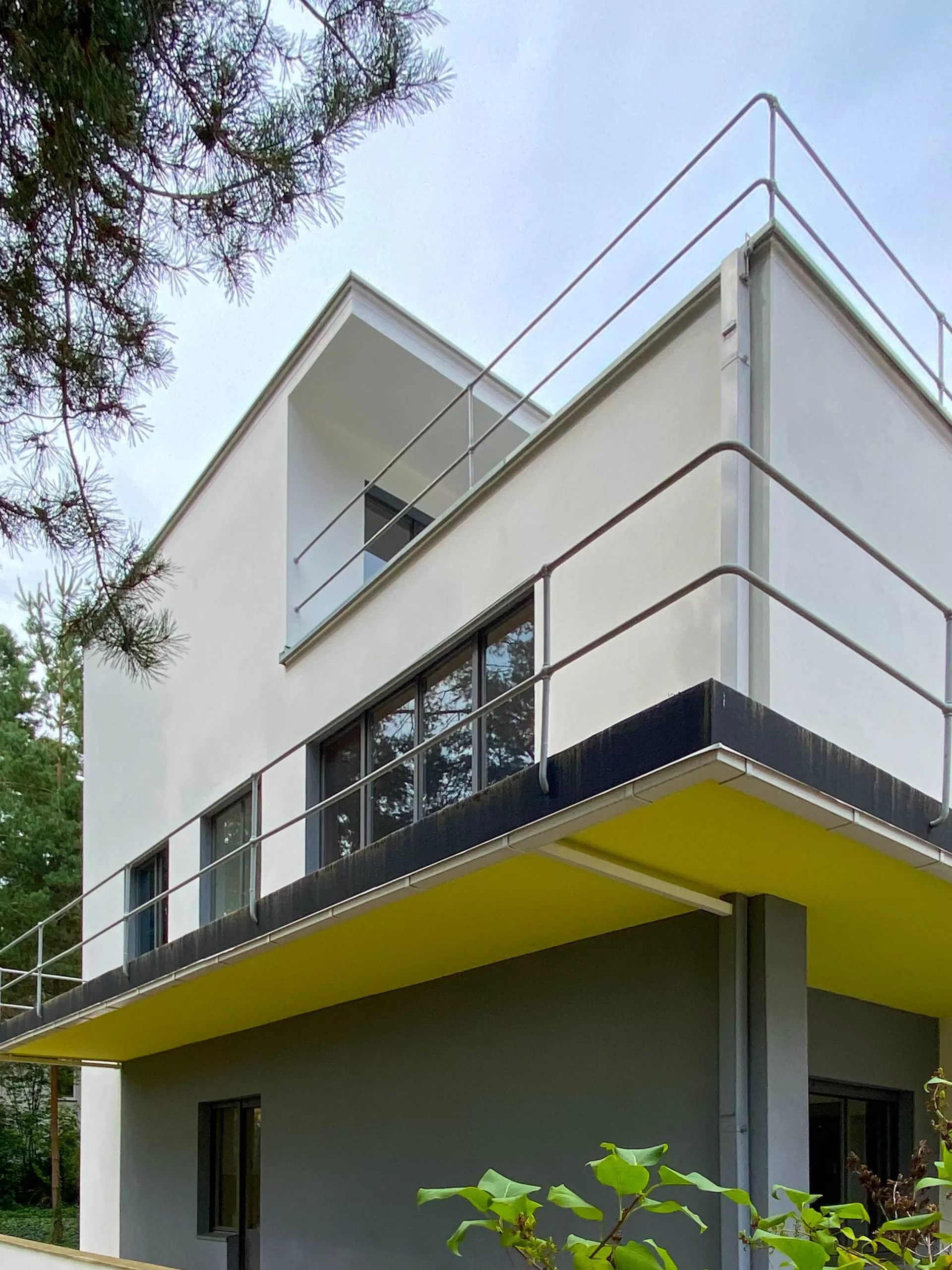
Klee Master House, 1925-1926. Architects: Walter Gropius, Ernst Neufert, Carl Fieger. Photo: Daniela Christmann
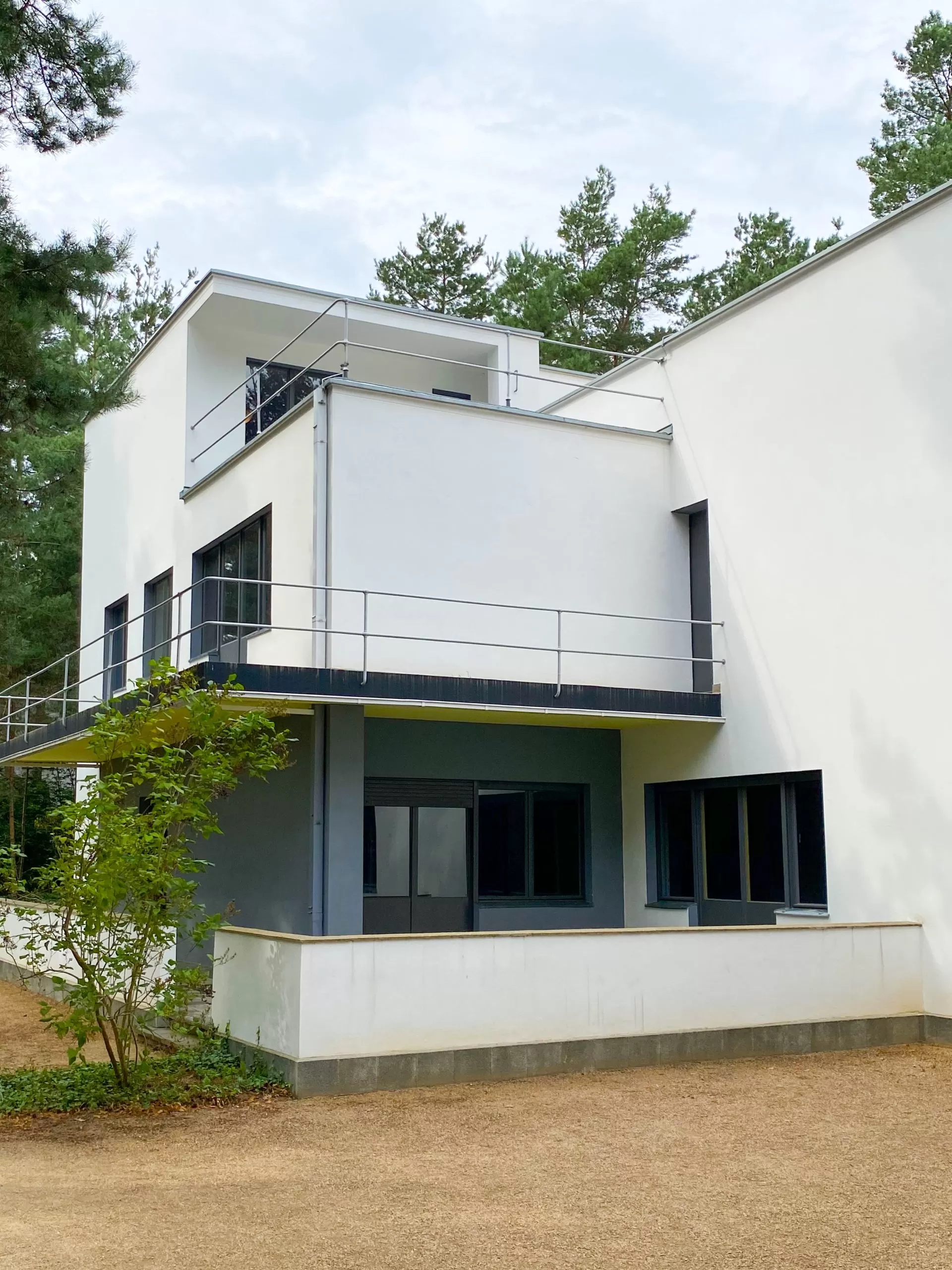
Klee Master House, 1925-1926. Architects: Walter Gropius, Ernst Neufert, Carl Fieger. Photo: Daniela Christmann
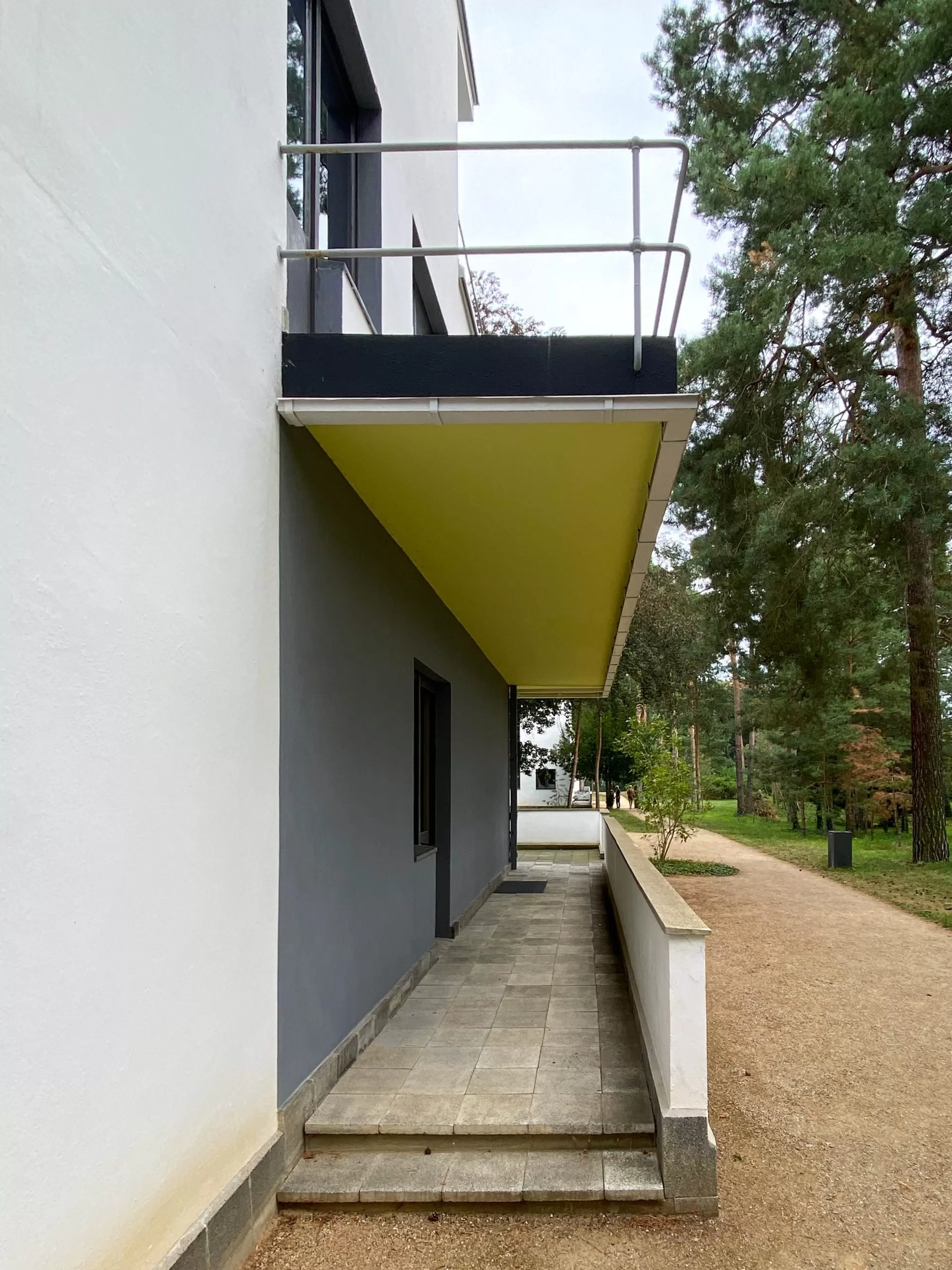
Klee Master House, 1925-1926. Architects: Walter Gropius, Ernst Neufert, Carl Fieger. Photo: Daniela Christmann
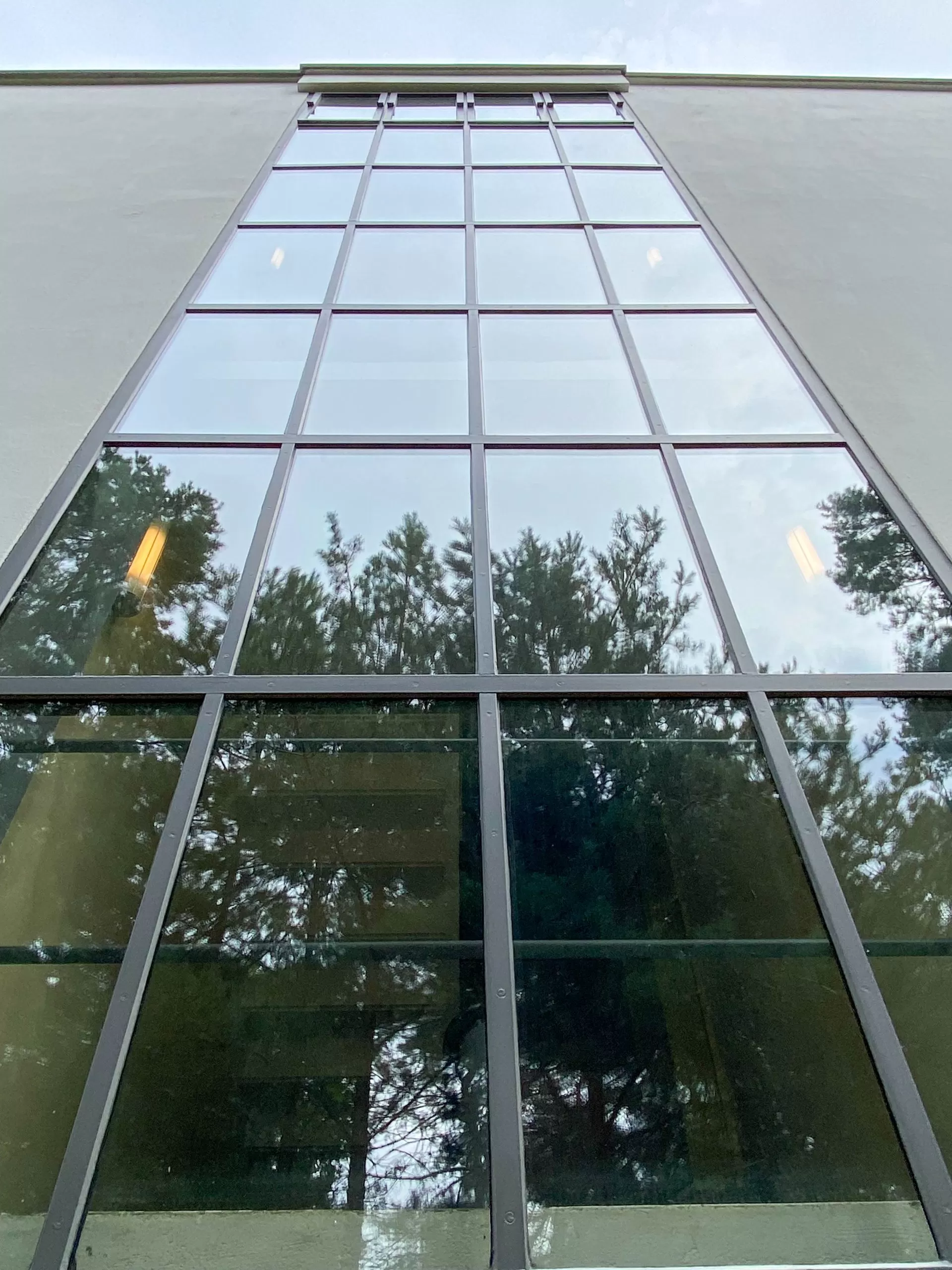
Klee Master House, 1925-1926. Architects: Walter Gropius, Ernst Neufert, Carl Fieger. Photo: Daniela Christmann
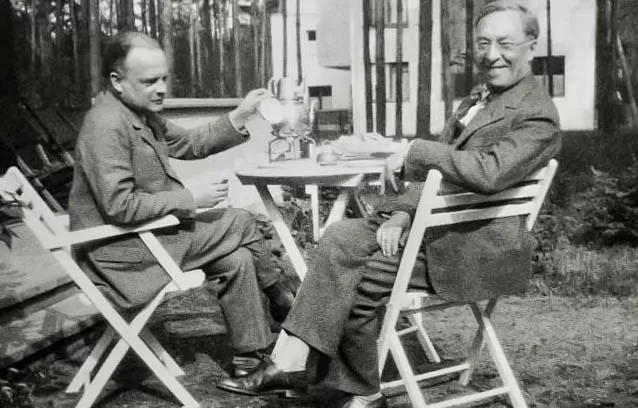
Paul Klee and Wassily Kandinsky in the garden of the house in 1927. Photo: Nina Kandinsky
1925 – 1926
Architects: Walter Gropius, Ernst Neufert, Carl Fieger
Ebertallee 69-71, Dessau-Roßlau, Germany
Dessau
In March 1925, due to drastic cuts in funding and the cancellation of contractual agreements by the right-wing conservative dominated Thuringian state parliament, the Bauhaus no longer saw any prospects in the city of Weimar and had been searching for a new location since the beginning of the year.
Fritz Hesse, the liberal mayor of the city of Dessau, offered Gropius the opportunity to build a new school complex as well as new residences for the Bauhaus masters and, together with the SPD, pushed through this construction program in the city council.
This was a unique chance for Gropius and the Bauhaus school to demonstrate the cooperation between the Bauhaus workshops and the Gropius building office in the framework of an actual contract.
Construction
A municipal site on Burgkühnauer Allee, today Ebertallee, which was within walking distance of the Bauhaus school building, was chosen as the construction site for the so-called master houses.
There, between 1925 and 1926, according to plans by Walter Gropius and commissioned by the city of Dessau, a single building was to be erected as a director’s house and three semi-detached houses for the Bauhaus masters on a flat site dotted with pine trees.
Gropius had extensive freedom of design in the planning and realization. Since the Bauhaus architecture department was not established until 1927, Gropius’ private construction office took over the designs for the buildings, with significant collaboration from Ernst Neufert and Carl Fieger.
The site management was taken over by the only 21-year-old Hans Volger together with Heinz Nösselt at the start of construction in late summer 1925.
Materials
Built on stamped concrete foundations, the shell of the houses was constructed with so-called Jurko bricks made of slag, sand and cement.
As was already the case at the Haus am Horn and the Villa Auerbach, the wall structure of the outer walls, the ceilings and the basement floor consisted of Jurko bricks: large-format unit slabs of slag concrete, alluvial or pumice stones mixed with cement.
These slab-shaped cinder concrete blocks were assembled into a hollow masonry with longitudinal channels. The air space between the slabs increased their insulating power.
Reinforced concrete lintels and steel block ceilings allowed for the large window areas and cantilevered, corner-wrapped balconies.
The flat roofs were covered with torfoleum insulation and asphalt tiles. Triolin was used for the floors in the house.
Topping-out ceremony was celebrated in November 1925, and the houses were ready for move-in in July 1926.
Residents
In the summer of 1926, Walter Gropius, László Moholy-Nagy, Lyonel Feininger, Georg Muche, Oskar Schlemmer, Wassily Kandinsky and Paul Klee took up residence in their houses for rent.
A rent of 2,500 marks per year was charged for the director’s house and 1,500 marks per year for an apartment in the duplex.
In contrast to the directors’ house, which was designed for representative purposes with servants’ quarters and a guest wing, the master houses with living quarters and studios were designed as artists’ houses.
The former Masters’ House No. 6 at Ebertallee 69-71 is part of the Kandinsky/Klee duplex and was occupied by Paul Klee, his wife Lily and son Felix until they moved to Düsseldorf in 1931.
Both Wassily Kandinsky and Paul Klee knew each other from their time studying together under Franz von Stuck in Munich and were close friends.
Interior
Gropius wanted to construct the building ensemble of the Masters’ Houses according to the modular principle with industrially prefabricated parts. Due to the technical possibilities, however, this plan could only be partially realized.
The interlocked houses consist of cubic structures of different heights, which are characterized by the generous glazing of the studio windows facing north towards the street. On the side walls, the staircases receive light through vertical bands of windows.
The white plastered houses have terraces and balconies. Colorful accents are set by the reveals of the windows, the undersides of the balconies and the downpipes.
Paul and Lily Klee brought their own furniture when they moved into the house. The house was otherwise already equipped with built-in wardrobes and modern household appliances.
When it came to the color scheme of the interiors, Paul Klee developed his own concept, which was closely related to his painterly work.
During the following years, there were regular changes of tenants, as masters who left the Bauhaus handed over their apartments to so-called young masters.
In 1927, Hinnerk Scheper took over Georg Muche’s apartment. In 1928 Josef Albers succeeded László Moholy-Nagy, and in 1929 Alfred Arndt took over from Oskar Schlemmer.
Hannes Meyer, the successor to Walter Gropius, moved into the directors’ house in 1928, and in 1930 Mies van der Rohe took up residence and carried out the first alterations.
The years after 1932
After the closure of the Bauhaus at the instigation of the NSDAP Dessau in 1932, Wassily Kandinsky and Paul Klee moved out.
Like the Bauhaus school building, in the following years the Masters’ Houses were part of the defamed modern heritage that the city wanted to get rid of.
Conversions were carried out that significantly changed the appearance. The apartments were rented to employees of the Junkers-Werke.
In 1939, the city finally sold the master houses to the aircraft engine manufacturer Junkers with the stipulation, per a council resolution of February 2, 1939, that the buildings be redesigned in consultation with the city’s building department so that the so-called “foreign” type of construction would disappear from the cityscape.
The director’s house and the neighboring Moholy-Nagy duplex were completely destroyed in an air raid in 1945.
Postwar period and renovation
In the mid-fifties, a residential building with a pitched roof was erected on the remaining foundation walls of the Director’s House. In the post-war years, Feininger’s master house housed a polyclinic.
It was not until the mid-sixties that the importance of the architectural heritage was recognized.
The Bauhaus school building was thoroughly reconstructed for the first time in 1976. However, the master houses remained largely unnoticed.
Restoration of the Masters’ Houses to their original condition only began in the early 1990s.
Since 1996 the buildings have been a UNESCO World Heritage Site.
Between 1998 and 2001, the restoration of the Meisterhaus by Georg Muche and Oskar Schlemmer took place.
The Meisterhaus Klee was extensively renovated in 2000 and 2018/19 and is now open to the general public.
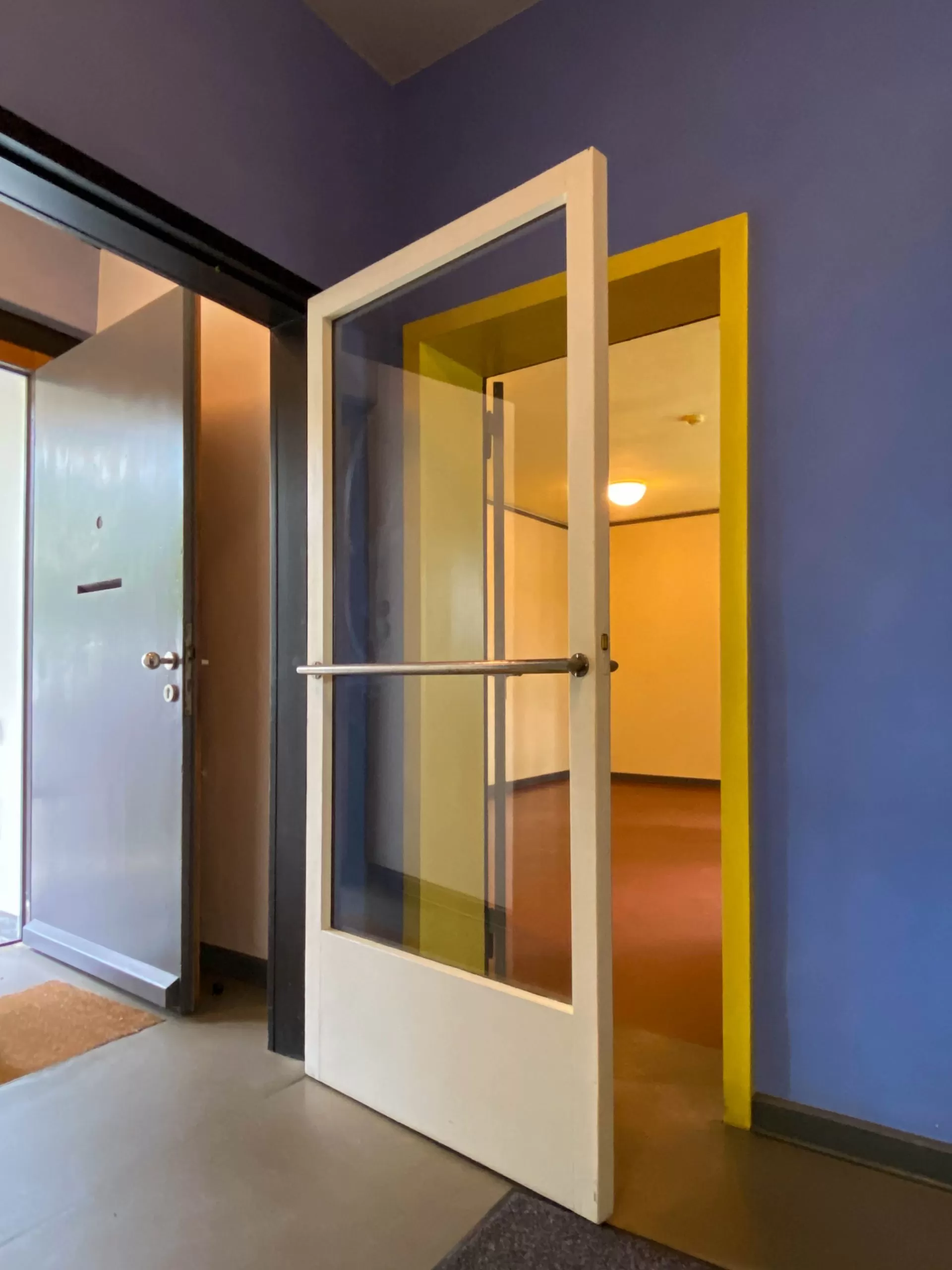
Klee Master House, 1925-1926. Architects: Walter Gropius, Ernst Neufert, Carl Fieger. Photo: Daniela Christmann
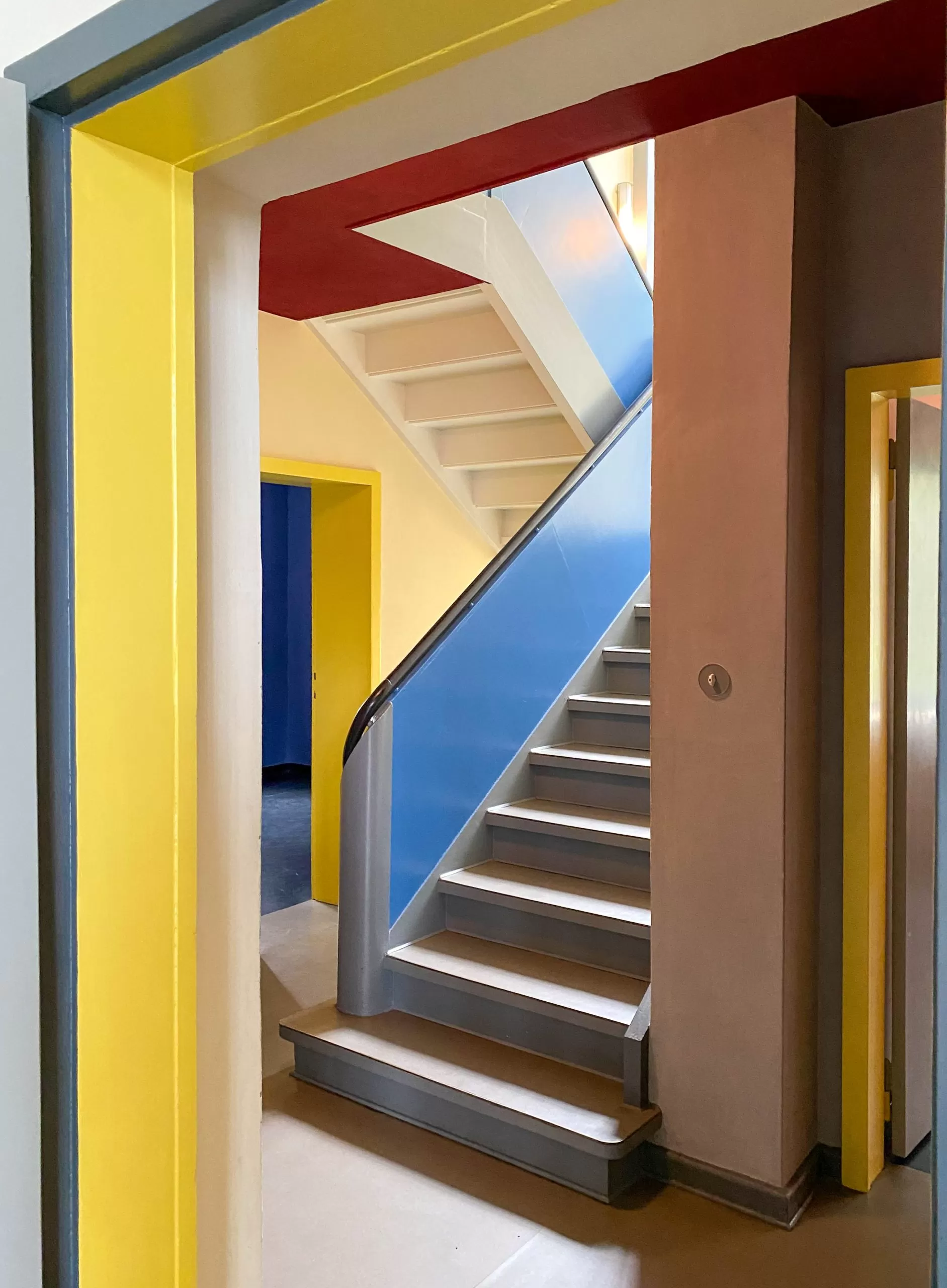
Klee Master House, 1925-1926. Architects: Walter Gropius, Ernst Neufert, Carl Fieger. Photo: Daniela Christmann
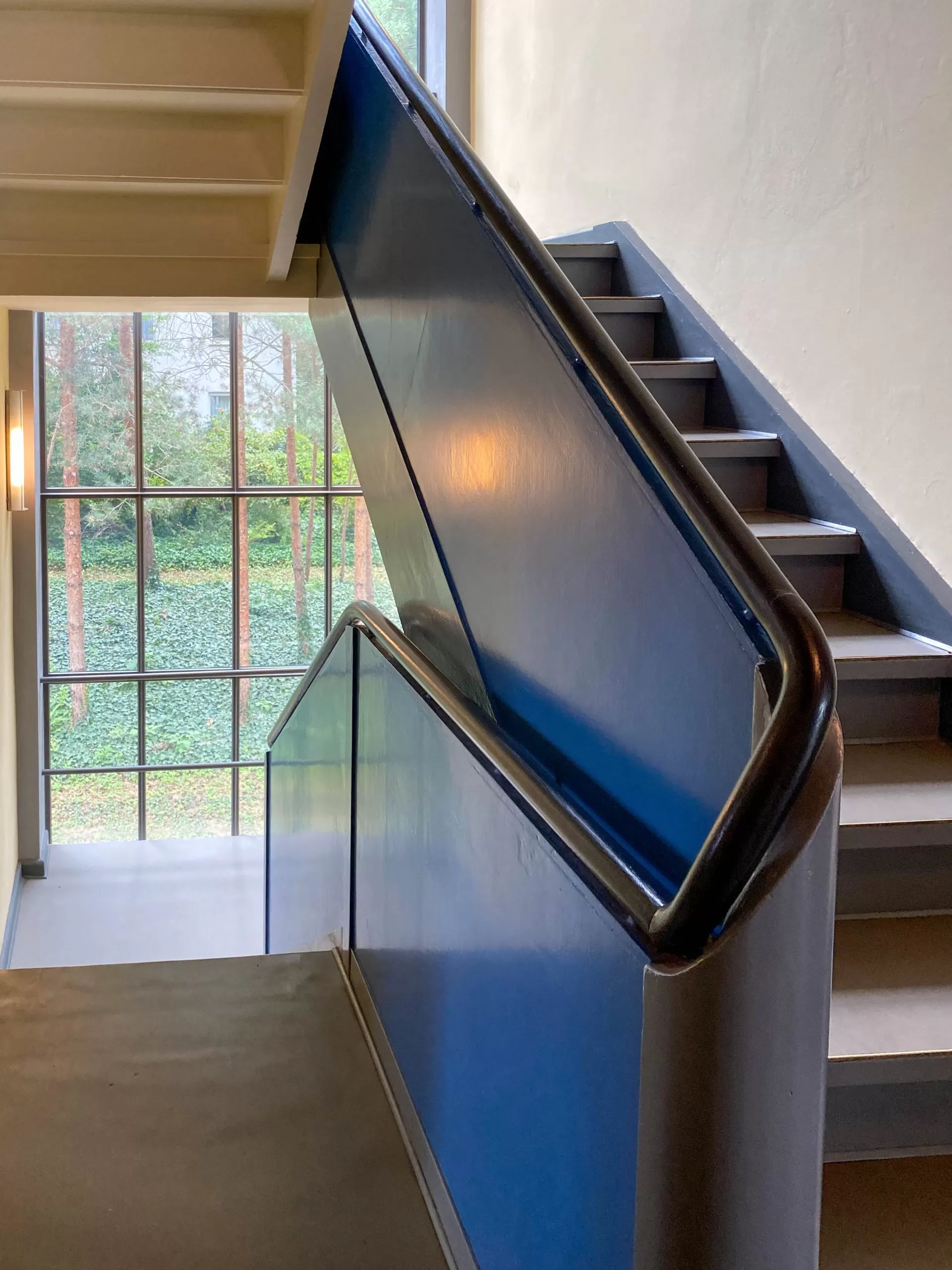
Klee Master House, 1925-1926. Architects: Walter Gropius, Ernst Neufert, Carl Fieger. Photo: Daniela Christmann
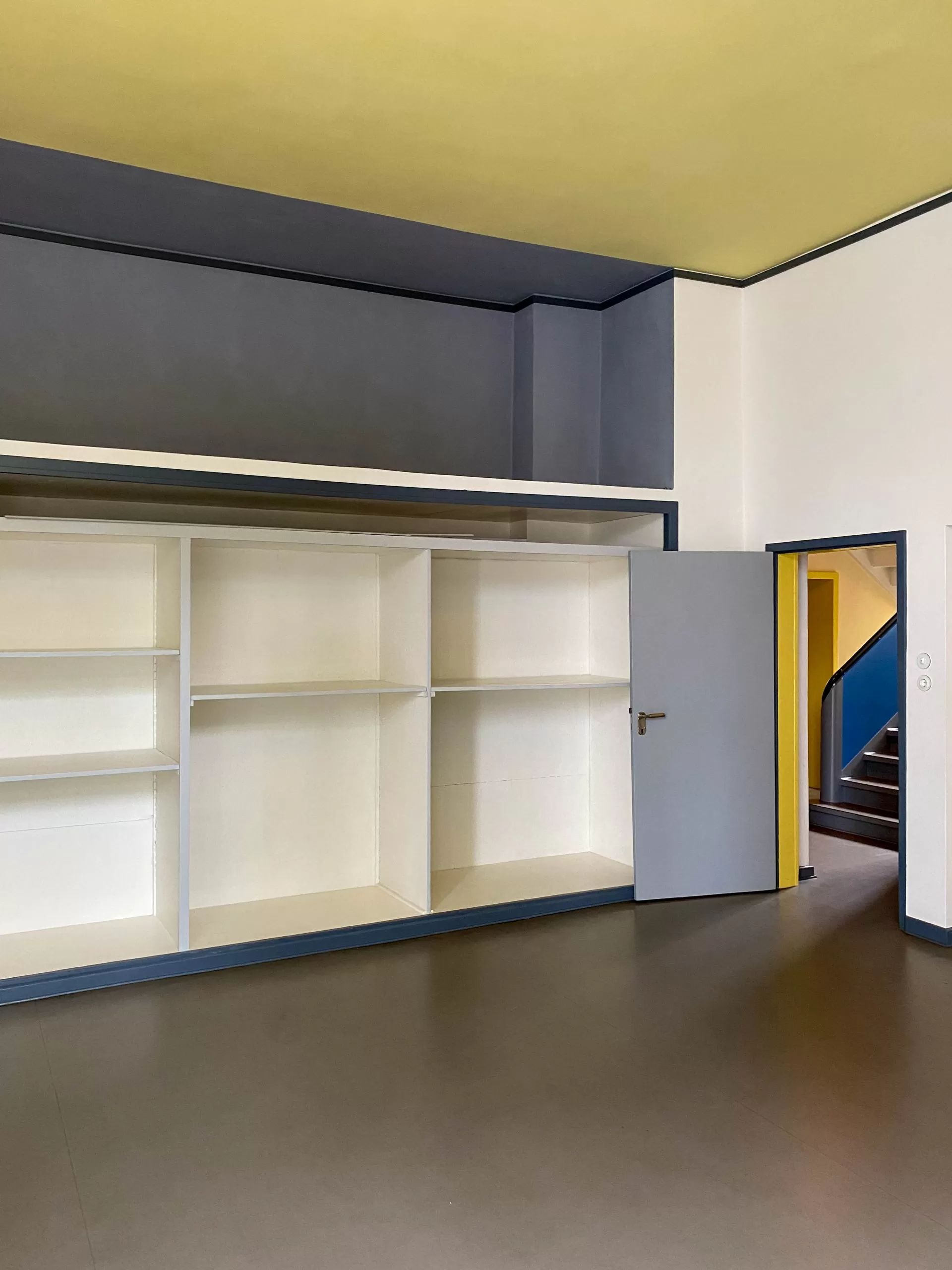
Klee Master House, 1925-1926. Architects: Walter Gropius, Ernst Neufert, Carl Fieger. Photo: Daniela Christmann
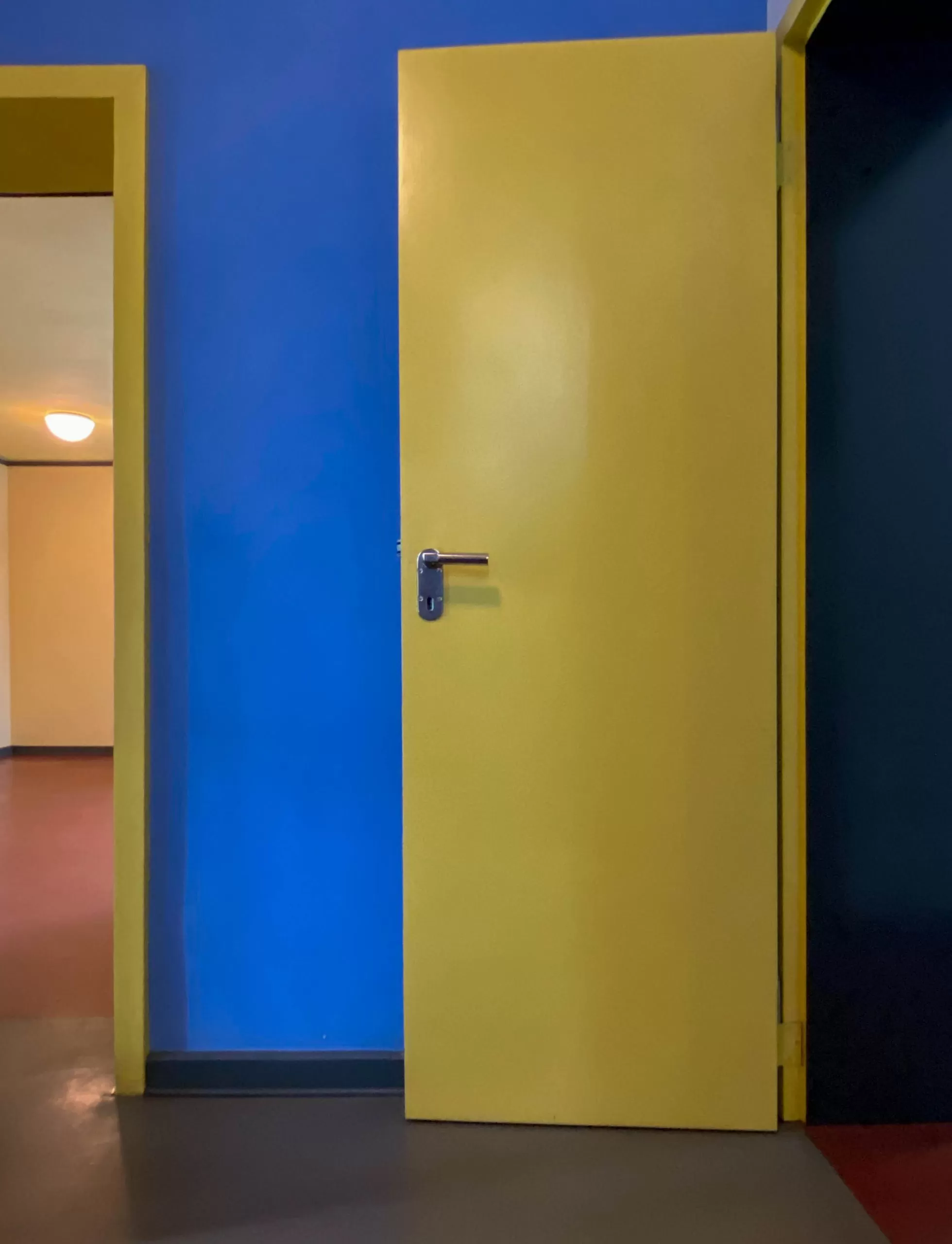
Klee Master House, 1925-1926. Architects: Walter Gropius, Ernst Neufert, Carl Fieger. Photo: Daniela Christmann
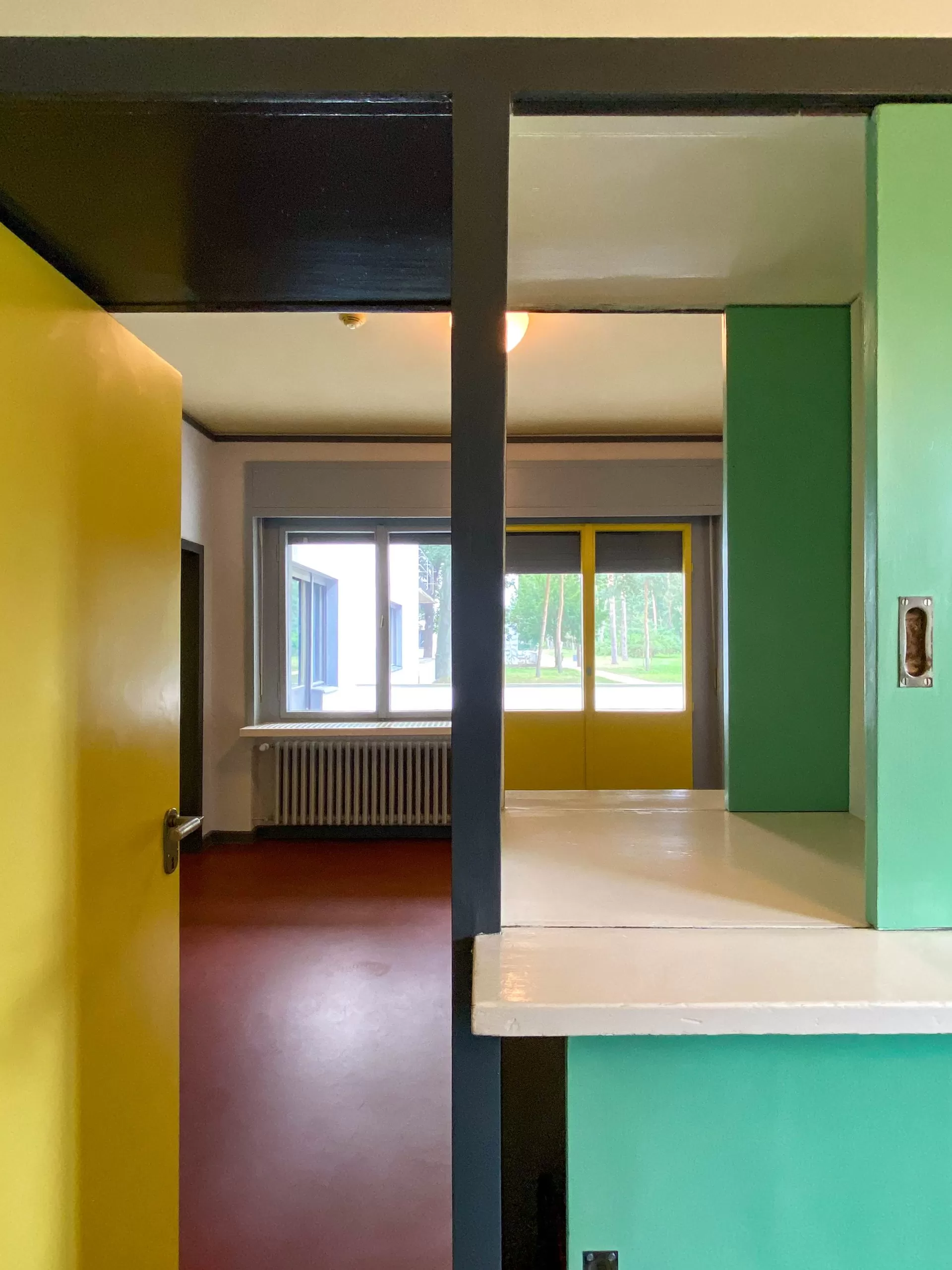
Klee Master House, 1925-1926. Architects: Walter Gropius, Ernst Neufert, Carl Fieger. Photo: Daniela Christmann
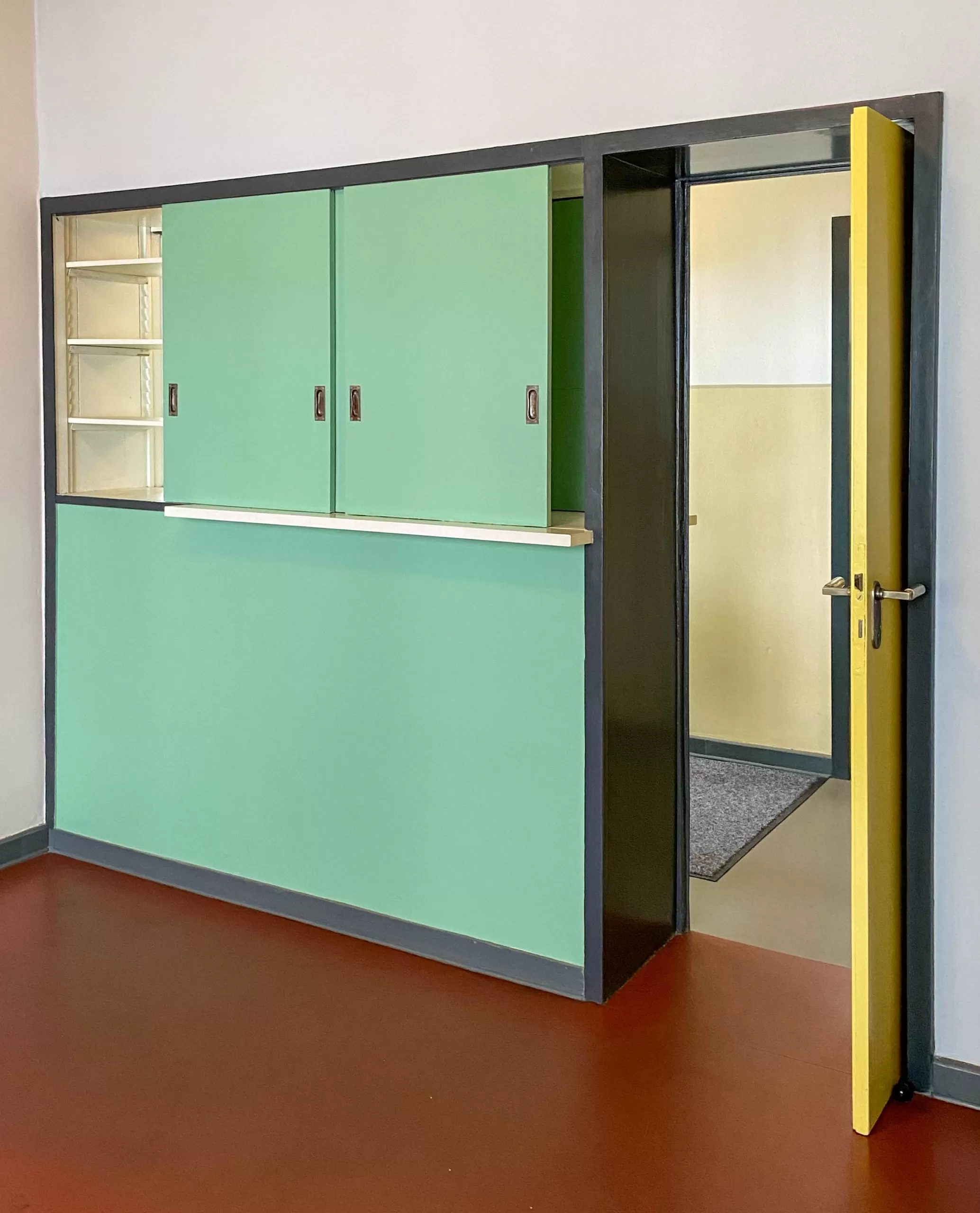
Klee Master House, 1925-1926. Architects: Walter Gropius, Ernst Neufert, Carl Fieger. Photo: Daniela Christmann
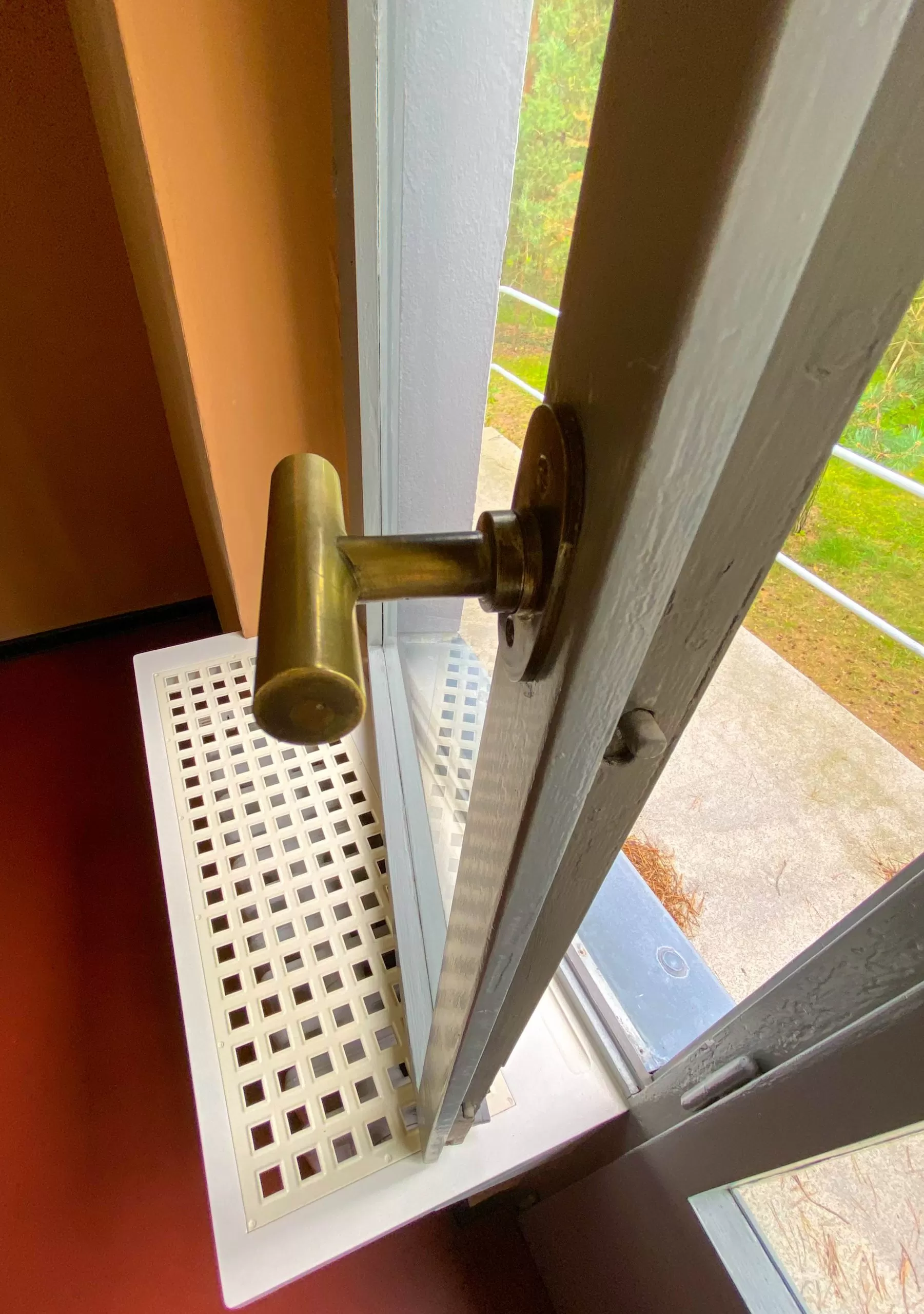
Klee Master House, 1925-1926. Architects: Walter Gropius, Ernst Neufert, Carl Fieger. Photo: Daniela Christmann

